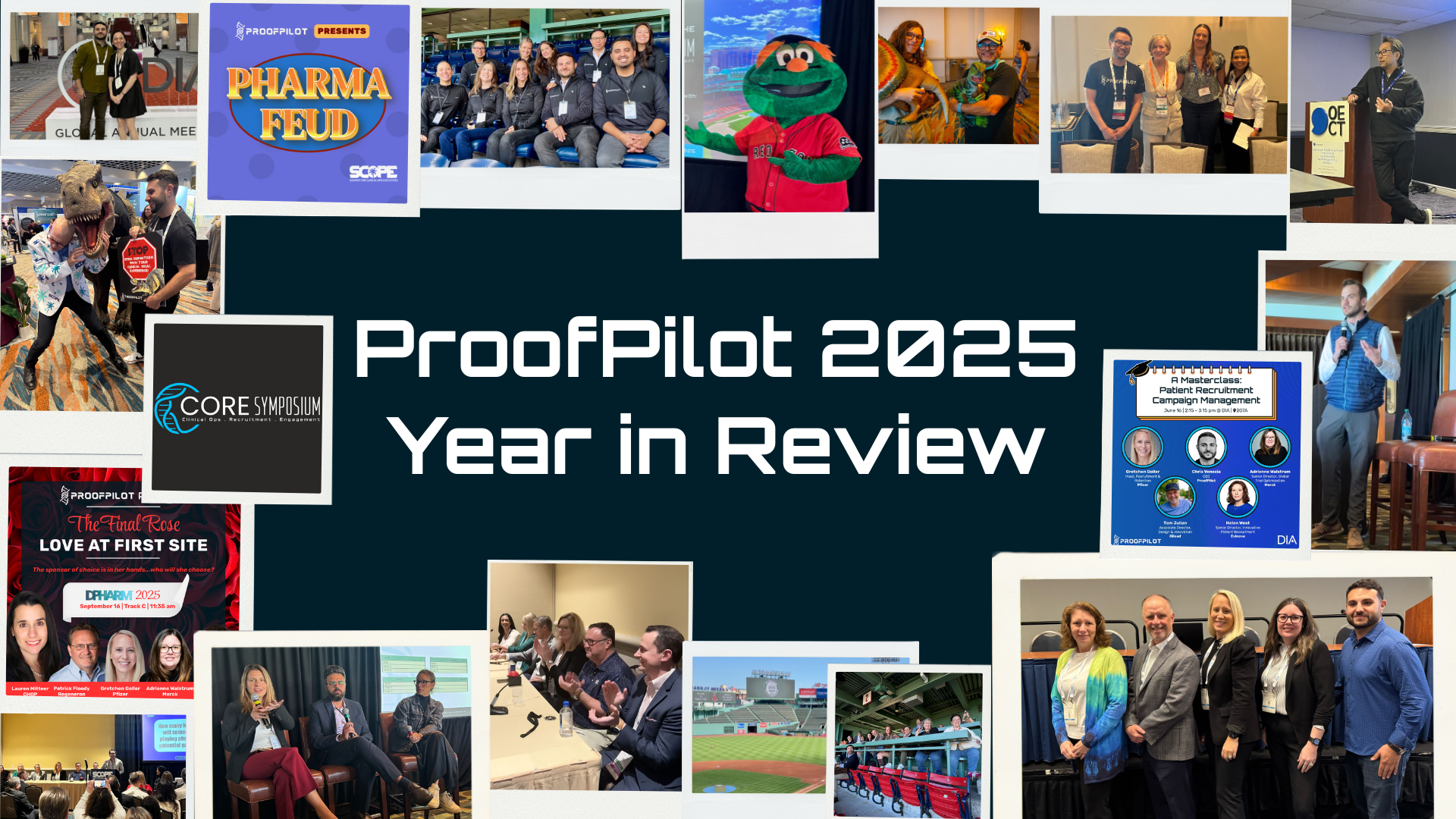For potential volunteers unknown to the research staff, there are a thousand methods of outreach to generate interest. You could initiate some wacky ideas, like skywriting or putting a guy in a gorilla suit on the corner, holding a sign that says, “Research this way →”.
Or more sensibly, you could start with tactics like paid search and digital ads. Sometimes even radio and TV still work. And yes, there are a ton of newfangled, whizbang methods as well, from matching EHR records to your protocol, to leveraging existing audiences from a health app or advocacy group. (And yes, yes, yes, the clinical study needs to be patient friendly, jive with standard of care, have an optimal onboarding experience, and should incorporate patient input. What I am talking about is generating initial awareness.)
💡The secret sauce of trial awareness? A lasting and trusted digital presence.
The point is, there is no silver bullet that does this well. “Participant recruitment is about using silver shotgun shells.” My friend, Paul Grimm, introduced this phrase to me. For those, like me, who don’t shoot shotguns on the regular: when you pull the trigger on a shotgun, what comes out of the barrel isn’t a single bullet, but instead a scatter shot of very small round, metal projectiles. The idea being, generating awareness in research isn’t going to happen with a singular approach. In fact, it would be naive and frankly unfair to rely on just one tactic for clinical trial recruitment.
💡Need some real-world strategies for patient recruitment campaign success? See insights from experts at Gilead, AstraZeneca, Pfizer, and Merck.
A good outreach and awareness campaign needs a great set of channels and a coordinating agency to manage all channels. All channels are not equal, however, with some being more expensive/profitable than others. As such, you’ll want a neutral third party to assess the performance of each channel and make recommendations on what to do the next week or month. Furthermore, when handed these potentially eligible volunteers, clinic staff do not want to deal with different platforms to manage each individual; a quality patient recruitment agency should provide a platform to do so in a coordinated, unified way. This goes for brick and mortar, hybrid, and decentralized clinical trials.
ProofPilot is proud to offer access to many top recruitment providers as a part of our Patient Recruitment Network. These clinical trial recruiting companies may have unique audiences and reach, but all excel in creating messaging that resonates, and in generating the right type of awareness, interest, and calls to action for all those participants that the clinic doesn’t already know. And no, none has ever suggested gorilla suits or skywriting.
Final tip: If a company doesn’t offer the ability to work with and manage the performance of any channel, then they are just a channel themselves.




